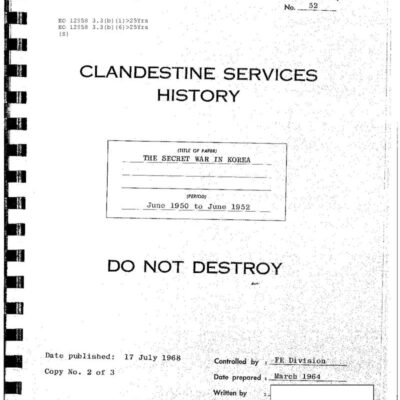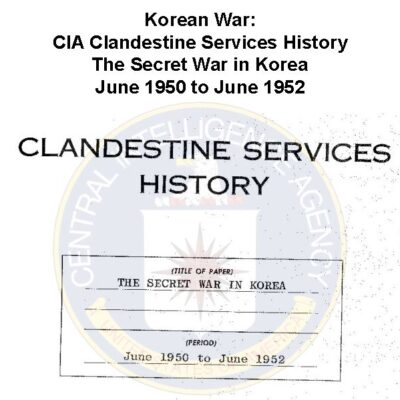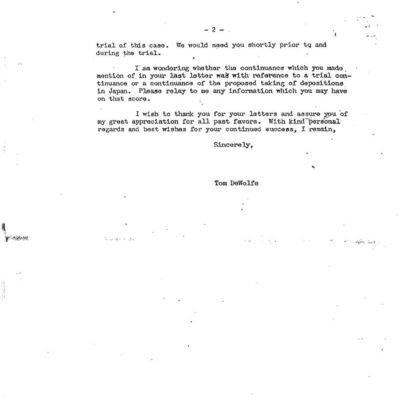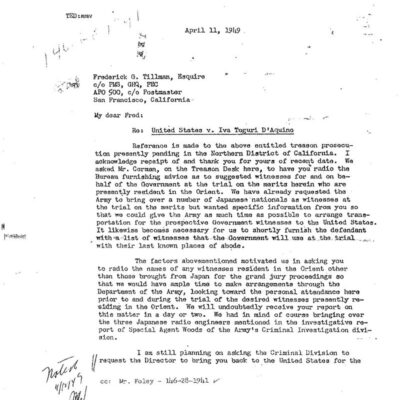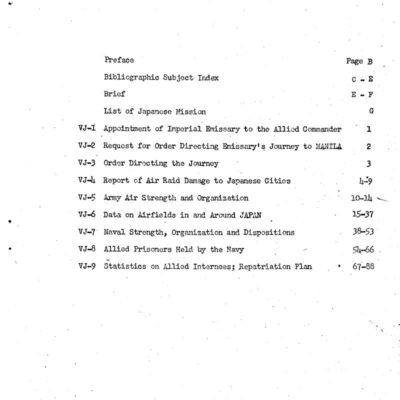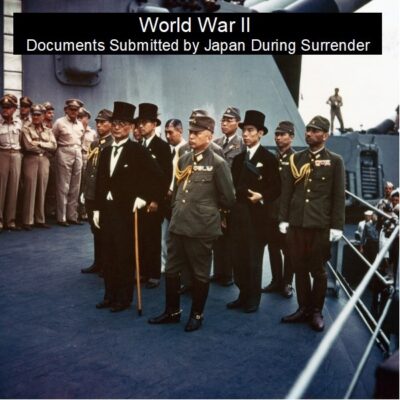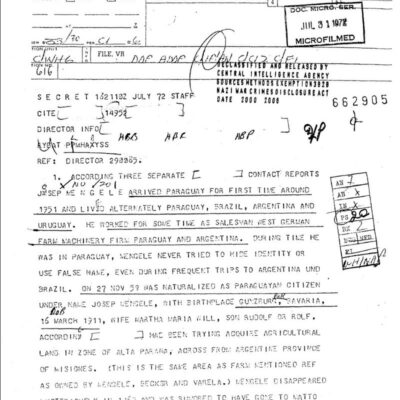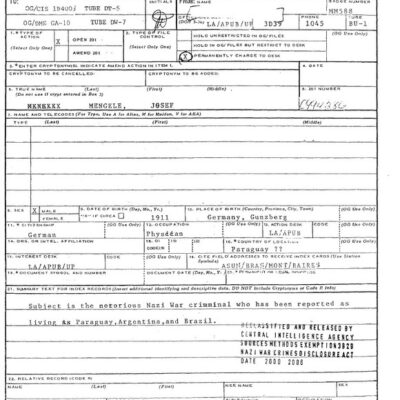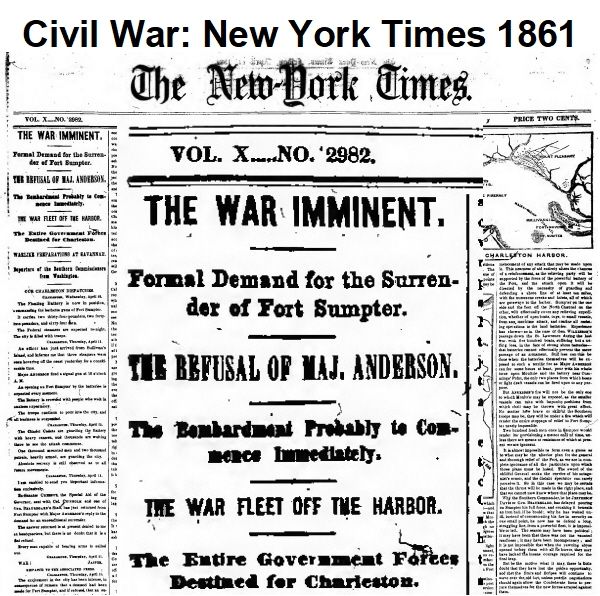
Description
1861: A Civil War Chronicle
January 1861
- Early January: Southern States begin issuing declarations of secession from the Union, a process that continues into February.
- January: New York City Mayor Fernando Wood calls on the New York City Council to secede the city from the Union, advocating for New York City to become a “free city” to maintain its profitable cotton trade with the Confederacy.
February 1861
- February 9: Jefferson Davis is elected as the Provisional President of the Confederate States of America by the Weed Convention in Montgomery, Alabama.
- February 11: The U.S. House of Representatives unanimously passes a resolution guaranteeing non-interference with slavery in any state.
March 1861
- March 4: Abraham Lincoln is sworn in as the sixteenth President of the United States.
April 1861
- April 12: The Battle at Fort Sumter commences, marking the beginning of combat in the American Civil War.
- April 28: Abraham Lincoln suspends the writ of habeas corpus in Maryland.
May 1861
- May 13: Queen Victoria of Great Britain issues a proclamation of neutrality regarding the American Civil War, and recognizes the Confederacy as having belligerent rights.
- May 26: An account of the death of Col. Ellsworth appears in the New York Times.
July 1861
- July (late): France issues a declaration of neutrality regarding the American Civil War.
- July 25: The Crittenden–Johnson Resolution is passed by Congress, stating that the war is being fought to preserve the Union and not to end slavery.
- July – December: The Union and Confederate States engage in the first battles of the war, including Corrick’s Ford and the First Battle of Bull Run (aka First Manassas).
August 1861
- August 5: The Revenue Act of 1861 passes Congress, establishing a federal income tax of 3% on all incomes over $800 to help fund the war effort.
- August 17: Lincoln issues a proclamation calling for a halt in commerce with rebellious states and the confiscation of all property from those states.
- August – December: Major battles covered by the New York Times include Wilson’s Creek, Santa Rosa Island, Ball’s Bluff, and the Battle of Belmont.
November 1861
- November 6: Jefferson Davis wins the election for the presidency of the Confederate States of America (CSA).
- November: The Trent Affair occurs: The USS San Jacinto stops the Trent, a United Kingdom mail ship, and removes two Confederate agents, James Mason and John Slidell. This incident provokes a strong negative diplomatic reaction from the United Kingdom.
Throughout 1861
- The New York Times provides comprehensive coverage of various Civil War battles and political developments.
- The New York Times also covers other significant national and world events, such as a review of Charles Dickens’ “Great Expectations” and the completion of a telegraph line from San Francisco to New York.
Cast of Characters
Here are the principal people mentioned in the sources, with brief biographies:
- Abraham Lincoln: The sixteenth President of the United States, sworn in on March 4, 1861. He is a central figure in the Union war effort, suspending habeas corpus in Maryland and issuing proclamations regarding commerce with rebellious states.
- Jefferson Davis: Elected as the Provisional President of the Confederate States of America on February 9, 1861, and later wins the election for the full presidency of the CSA on November 6, 1861. He is the political leader of the Confederacy.
- Fernando Wood: The Democratic Mayor of New York City in January 1861. He publicly called for New York City to secede from the Union and declare itself a “free city” to protect its lucrative cotton trade with the South.
- William M. Tweed (“Boss” Tweed): The leader of Tammany Hall, the powerful Democratic Party political machine in New York City. He influenced Democratic New York City Mayor Fernando Wood’s desire for New York City to become a “free city” to continue its trade with the Confederacy.
- Col. Ellsworth: A Union military figure whose death is reported in the New York Times in May 1861. (Specific details about his rank or first name are not provided in the source).
- Queen Victoria: The reigning monarch of Great Britain in 1861. She issued a proclamation of neutrality regarding the American Civil War and recognized the Confederacy’s belligerent rights on May 13, 1861.
- James Mason: A Confederate agent removed from the British mail ship Trent by the USS San Jacinto in November 1861, leading to the Trent Affair and a diplomatic crisis with the United Kingdom.
- John Slidell: A Confederate agent removed from the British mail ship Trent by the USS San Jacinto alongside James Mason in November 1861, also contributing to the Trent Affair.
Civil War: New York Times 1861
2,616 pages of the New York Times dating from January to August and October to December 1861, plus a subject index for all the 1861 issues of the New York Times.
The files contain a text transcript of all computer recognizable text embedded into the graphic image of each page of each document, creating a searchable finding aid. Text searches can be done across all files.
1861 experienced the first full-fledged belligerency of the American Civil War (1861-1865). The New York Times was one of only a handful of newspapers in the United States to place correspondents near the lines of battle during the Civil War. None of the battles fought during the Civil War were fought inside the State of New York. New York was the most populous state in the Union during the Civil War. Approximately 400,000 citizens of New York State served in Union forces and 54,000 died.
The state was politically divided. New York City was heavily influenced by the Democratic Party and Tammany Hall, the Democratic Party-political machine in New York City, run by William M. Tweed also known as “Boss” Tweed. Democratic New York City Mayor Fernando Wood in January 1861 called on the New York City Council to secede the city from the Union. Tweed wanted New York City to declare itself a free city in order to continue its profitable cotton trade with the Confederacy.
Events surrounding the Succession Crisis and the American Civil War dominate the 2,616 pages of the New York Times in this collection, as demonstrated by the number of hits you get when searching the collection using the text search feature for the words and names:
Fort Sumter: 688
Confederate, Confederates, or Confederacy: 3,260
Lincoln: 1,069
Slave, slavery, slaveholder, or slaveholding: 8,283
Key Civil War events covered by the New York Times in 1861 include:
The succession declarations of one Southern State after another in January and February.
Jefferson Davis’ election as the Provisional President of the Confederate States of America by the Weed Convention in Montgomery, Alabama on February 9.
The U.S. House unanimously passing a resolution guaranteeing non-interference with slavery in any state, February 11.
The swearing in of Abraham Lincoln as the sixteenth President of the United States on March 4th.
The Battle at Fort Sumter commences the combat of the American Civil War, April 12th.
Abraham Lincoln suspends the writ of habeas corpus in Maryland on April 28.
Queen Victoria of Great Britain issues a proclamation of neutrality and recognizes that the Confederacy has belligerent rights on May 13.
Death of Col. Ellsworth, an account of his death appears in the May 26 issue.
Debate takes place on the Crittenden–Johnson Resolution, which is passed by Congress on July 25, it states that the war is being fought to preserve the Union and not to end slavery.
France issues a declaration of neutrality in late July.
Debate takes place on the Revenue Act of 1861. It passes Congress on August 5 and establishes a federal income tax of 3% on all incomes over $800 to help pay for the war.
Lincoln issues a proclamation calling for halt in commerce with rebellious states and confiscation of all property, August 17.
Jefferson Davis wins the election for the presidency of the Confederate States of America (CSA) on November 6.
The New York Times covers the Trent Affair. In November the USS San Jacinto stops the Trent, a United Kingdom mail ship, and removes two Confederate agents, James Mason and John Slidell, which results in a strong negative diplomatic reaction by the UK.
From July to December the Union and the Confederate States engage in the first battles of the war. The Times provided comprehensive coverage of the fighting including the battles of Corrick’s Ford, First Battle of Bull Run aka First Manassas, Wilson’s Creek, Santa Rosa Island, Ball’s Bluff, and the Battle of Belmont.
The Times also covered other local, nation and world events it found fit to print including a review of Charles Dicken’s newly released “Great Expectations” and reporting on the completion of a San Francisco to New York telegraph line.
